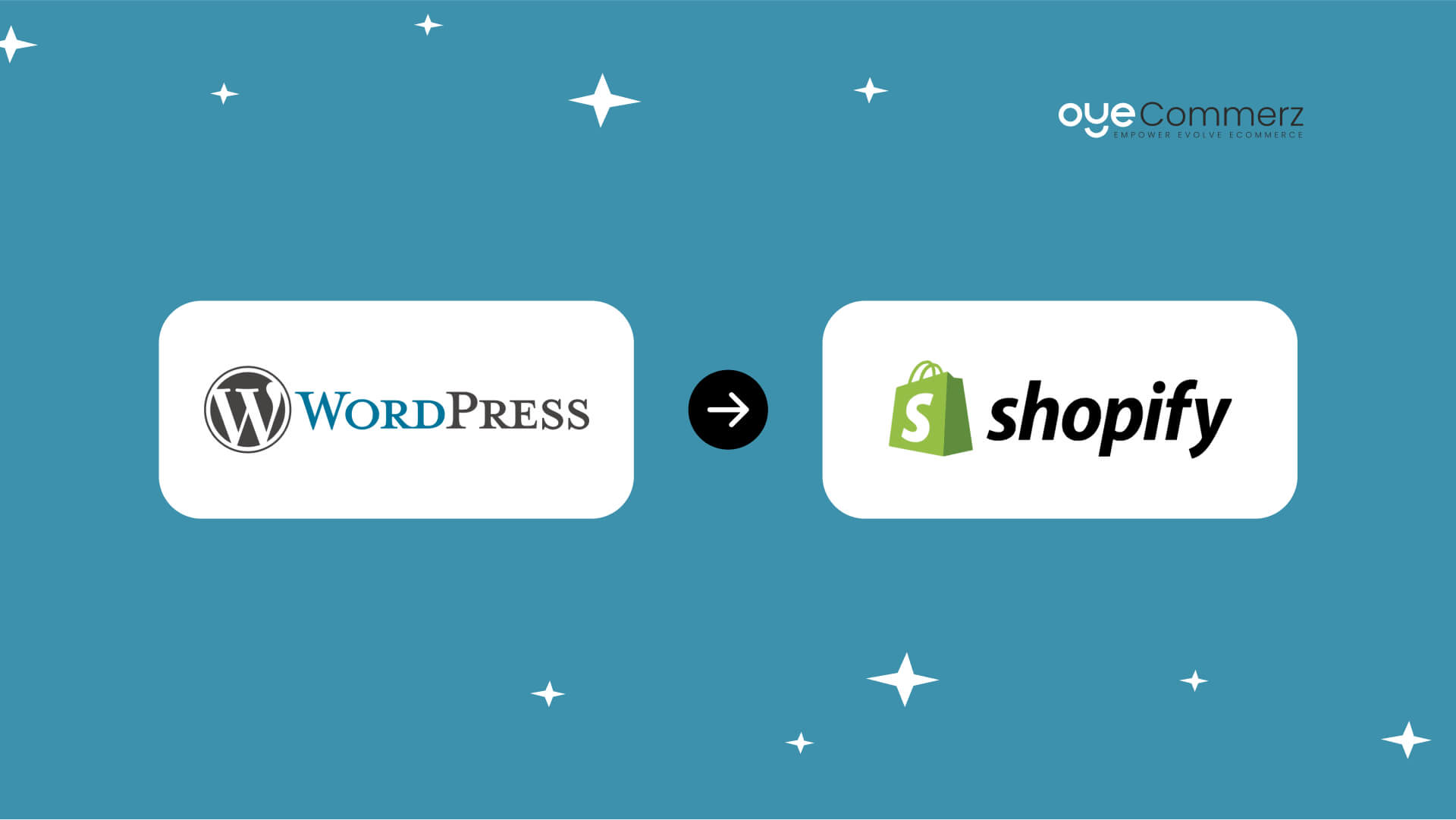Scaling an e-commerce store requires adaptability, growth, and delivering outstanding customer satisfaction.
Considering a move from WordPress to Shopify? You’re probably seeking advanced features, better scalability, and a forward-thinking platform.
Follow this comprehensive roadmap to master the key strategies, insights, and steps for a smooth transition to Shopify.
Why Consider Moving from WordPress to Shopify?
WordPress is a flexible platform, but its dependency on plugins can complicate e-commerce scalability.
Built for e-commerce, Shopify delivers unmatched security, scalability, and tools tailored to retailers.
With over 4.5 million e-commerce websites using Shopify globally in 2024, it is a dominant force in the industry.
Migrating to Shopify brings advantages such as streamlined order processing, advanced payment features, and better mobile responsiveness.
Let’s dive into the key steps to migrate seamlessly.
Step 1: Assess Your E-Commerce Needs
Begin with a detailed assessment of your store’s strengths, weaknesses, and goals.
Identify bottlenecks such as sluggish performance or excessive reliance on third-party tools.
With tools like Shopify Payments and flexible themes, Shopify minimizes the need for external plugins.
Step 2: Develop a Detailed Migration Strategy
An unorganized migration process may cause disruptions, data mishandling, or extended delays.
Ensure a smooth transition by focusing on key areas like product inventory, customer data, and order history.
Shopify provides tools and third-party apps to simplify the migration process and safeguard important information.
Step 3: Personalize Your Shopify Setup
Shopify’s flexible themes allow you to reflect your brand identity seamlessly.
Select or customize themes from Shopify’s library to improve customer interactions.
Explore themes like “Impulse” and “Prestige” for responsive, feature-rich options.
Shopify Plus offers tailored theme development for businesses seeking unique designs.
Partner with Oyecommerz to design Shopify Plus themes tailored for high-performing online stores.
Step 4: Safeguard Your Search Engine Optimization
Retaining your SEO framework during migration prevents search traffic declines.
With Shopify, you can redirect outdated URLs and retain search visibility.
Use Shopify’s built-in SEO tools to manage metadata and connect analytics platforms.
Studies show that overlooking SEO during migration often leads to a drop in site traffic.
Step 5: Integrate Essential Shopify Apps
Unlock advanced features for your store with Shopify’s rich selection of apps.
Enhance customer retention with tools like Klaviyo and Yotpo designed for email and review management.
Use Shopify API integrations to connect your store with external systems effortlessly.
Work with Oyecommerz for custom Shopify app integrations that optimize business workflows.
Step 6: Focus on Mobile Optimization
With mobile commerce dominating 60% of sales in 2024, mobile readiness is critical.
Every Shopify theme is built to adapt seamlessly to different screen sizes and devices.
Simplify the checkout process for mobile users with Shopify’s secure payment tools like Shop Pay.
With optimized navigation and fast loading times, your store can thrive in the mobile-first era.
Step 7: Train Your Team
While Shopify’s interface is user-friendly, training your team ensures a smoother transition.
Teach staff how to manage products, track orders, and utilize reporting tools for insights.
An informed team will help you leverage Shopify migration expert Shopify to its full potential, streamlining operations.
Step 8: Conduct Thorough Pre-Launch Testing
Test your store rigorously to ensure all systems function smoothly before launching.
Ensure that all links work, redirects are in place, and product listings are correct.
Test your payment systems and confirm the checkout process works seamlessly across platforms.
Proper testing guarantees your customers will experience a polished and professional site from day one.
Step 9: Launch with a Marketing Push
A successful migration is a great opportunity to engage and excite your audience.
Use email campaigns and social media to inform customers about the Benefits of migrating from WordPress to Shopify benefits of the new platform.
Emphasize improved speed, security, and shopping experience to encourage repeat visits.
Conclusion: Empower Your Business with Shopify
Migrating from WordPress to Shopify is more than a technical change—it’s a transformative step for your business.
Shopify’s robust tools, scalability, and seamless integrations create an ideal platform for growth.
From small businesses to large enterprises, Shopify provides tailored solutions for all e-commerce needs.
Rely on Oyecommerz for expert guidance throughout your Shopify migration journey.
Our Shopify migration services help unlock your store’s full potential while ensuring a hassle-free experience.
Take the next step in transforming your store—contact us to start your Shopify migration today.
